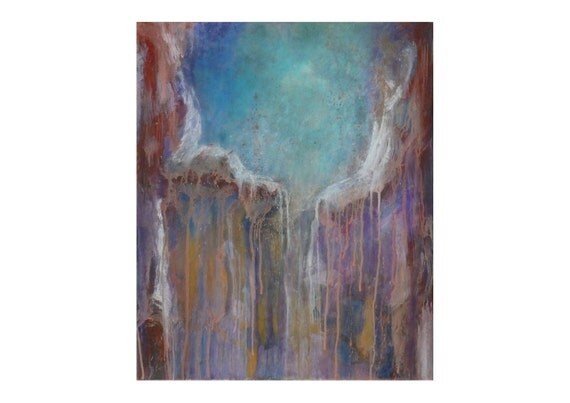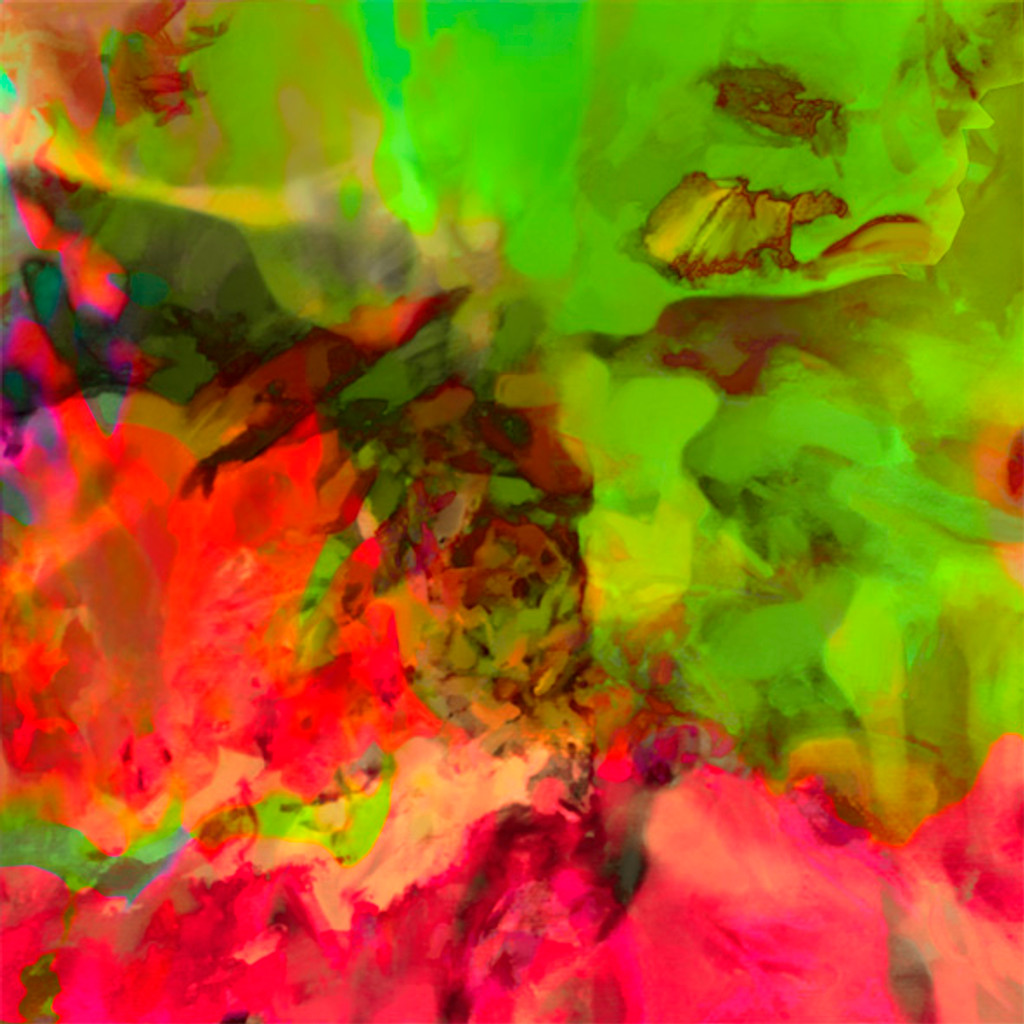

These "lyrical abstractionists" sought to expand the boundaries of abstract painting, and to revive and reinvigorate a painterly "tradition" in American art.

Many artists began moving away from geometric, hard-edge, and minimal styles, toward more lyrical, sensuous, romantic abstractions worked in a loose gestural style. Lyrical Abstraction arose in the 1960s and 70s, following the challenge of Minimalism and Conceptual art. This movement was born out of a desire to create a direct physical and sensory experience of painting through their monumentality and emphasis on color – forcing the viewer to "read" paintings literally as things.ĭuring 2009 the Boca Raton Museum of Art in Florida hosted an exhibition entitled Expanding Boundaries: Lyrical Abstraction Selections from the Permanent CollectionĪt the time the museum issued a statement that said in part:

At the time the museum issued a statement the read in part:Īs a movement, Lyrical Abstraction extended the post-war Modernist aesthetic and provided a new dimension within the abstract tradition which was clearly indebted to Jackson Pollock's "dripped painting" and Mark Rothko's stained, color forms. Some of the participants included Dan Christensen, Walter Darby Bannard, Ronald Davis, Helen Frankenthaler, Sam Francis, Cleve Gray, Ronnie Landfield, Morris Louis, Jules Olitski, Robert Natkin, William Pettet, Mark Rothko, Lawrence Stafford, Peter Young and several other painters. The Sheldon Museum of Art held an exhibition from 1 June until 29 August 1993 entitled Lyrical Abstraction: Color and Mood. Very close to Art Informel, it presents the European equivalent to Abstract Expressionism. Tachisme refers to the French style of abstract painting current in the 1945–1960 period. American Lyrical Abstraction is related in spirit to Abstract Expressionism, Color Field painting and European Tachisme of the 1940s and 1950s as well. Many of them had been Minimalists, working with various monochromatic, geometric styles, and whose paintings publicly evolved into new abstract painterly motifs. Painters who directly reacted against the predominating Formalist, Minimalist, and Pop Art and geometric abstraction styles of the 1960s, turned to new, experimental, loose, painterly, expressive, pictorial and abstract painting styles. Lyrical Abstraction led the way away from minimalism in painting and toward a new freer expressionism. Characterized by intuitive and loose paint handling, spontaneous expression, illusionist space, acrylic staining, process, occasional imagery, and other painterly and newer technological techniques.

American Lyrical Abstraction is an art movement that emerged in New York City, Los Angeles, Washington, DC, and then Toronto and London during the 1960s–1970s.


 0 kommentar(er)
0 kommentar(er)
